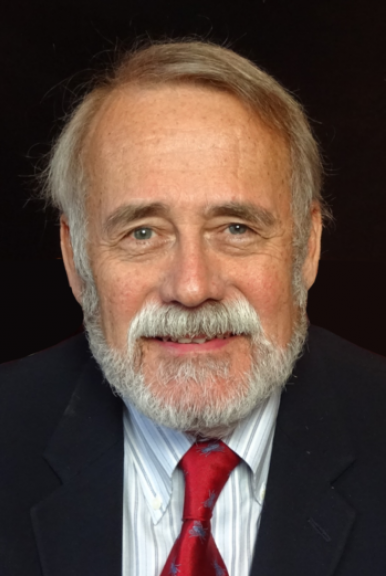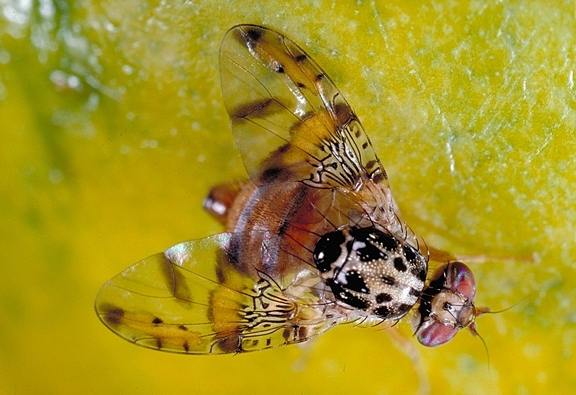
Do you know who discovered it?
That would be UC Davis distinguished professor James R. Carey of the Department of Entomology and Nematology, who will present a departmental seminar at 4:10 p.m. Wednesday, May 25, on "The Conceptual Sweep of a Mathematical Discovery in Insect Biodemography: From Medfly Populations to the U.S. Congress."
You can attend the seminar in person at 122 Briggs Hall, UC Davis campus, or access it via Zoom. The Zoom link is https://ucdavis.zoom.us/j/99515291076.
"Twenty years ago while attempting to develop a new concept for studying insect aging in the wild, I discovered a previously unknown mathematical identity now referred to in the formal demography literature as the eponym Carey's Equality—the age distribution of a stationary population equals the distribution of lifetimes yet to come," Professor Carey says in his abstract. "In this seminar I will present my attempts at both operationalizing the concept for study of populations of insects and other non-human species, and generalizing it for applications to groups with fixed numbers of members and where renewal involves birth and death processes."
"These general applications include data from a British cemetery, the National Basketball Association, the Baltimore Longitudinal Health Study, the U.S. Congress (both chambers) and the world population," said Carey, a member of the UC Davis Department of Entomology and Nematology faculty since 1980. "After discussing implications and extensions of the identity, I will wrap up with descriptions of five simple but important demographic relations that all entomologists should know."
Highly honored for his research, teaching and public service, Carey served as the principal investigator of a 10-year, $10 million federal grant on “Aging in the Wild,” encompassing 14 scientists at 11 universities.
Biodemography Textbook. In 2020, he and Deborah Roach, professor and chair of the University of Virginia's Department of Biology, co-authored a 480-page textbook, Biodemography: An Introduction to Concepts and Methods, published by Princeton University Press and hailed as the “definitive textbook for the emerging field of biodemography, integrating biology, mathematics and demography.” Carey recently created a free-access, video guidebook with a playlist of 175 separate presentations, subtitled in 300 different languages. He storyboarded the script, turned graphs, schematics, tables and equations into animated slides, and then with teleprompter assistance, narrated and video-recorded the 175 presentations, which span 12 hours of viewing. It appears on UC Berkeley Population Sciences website at https://bit.ly/3FTge7u.
An internationally recognized teacher, Carey won a 2018 global award in the Robert Foster Cherry Award for Great Teaching Program, an academic competition sponsored every two years by Baylor University, Waco, Texas. He received the 2015 Distinguished Achievement in Teaching Award from the Entomological Society of America (ESA) and the 2014 Distinguished Teaching Award from the Pacific Branch of ESA. The UC Davis Academic Senate honored him as the recipient of its 2014 Distinguished Teaching Award, given to internationally recognized professors who excel at teaching.
Carey is a fellow of four organizations: American Association for the Advancement of Science, Entomological Society of America, California Academy of Science and the Gerontological Society of America. He holds a doctorate in entomology (1980) from UC Berkeley, and two degrees from Iowa State University: a bachelor of science degree in animal biology (1973) and a master's degree in entomology (1975).
Nematologist Shahid Siddique, assistant professor, UC Davis Department of Entomology and Nematology, coordinates the spring seminars. He may be reached at ssiddique@ucdavis.edu for any technical issues regarding Zoom. (See complete list of spring seminars.)
Attached Images:
